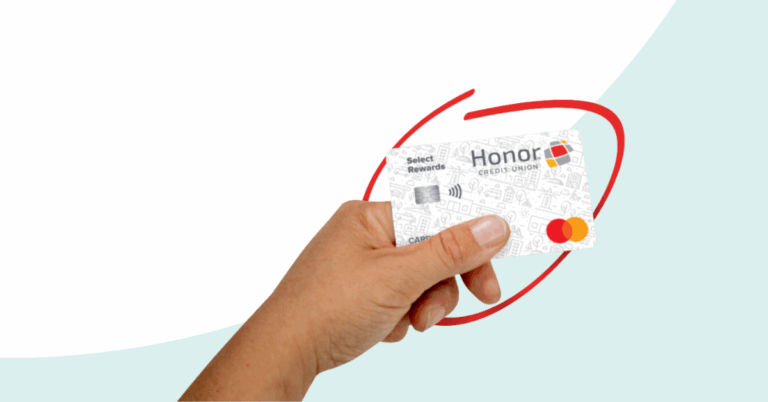In today’s world, we rely on the internet for almost everything—working, streaming, shopping, and staying connected. Your home network is the gateway to all your personal devices, from computers and phones to smart TVs and security cameras. Keeping it secure doesn’t have to be complicated! Here are 4 easy tips to help protect your home network and keep your data safe.
1. Change Your Router’s Default Settings
Your router comes with factory-set usernames and passwords that are easy for hackers to figure out. Taking a moment to change these settings makes a big difference:
- Set a Strong Admin Password: Create a password that’s hard to guess but easy to remember.
- Rename Your Wi-Fi Network (SSID): Use a unique name that doesn’t reveal the router brand or your personal details.
- Turn Off Remote Access: Unless you really need it, disable settings that let you access the router from outside your home.
2. Turn On Wi-Fi Encryption
Wireless networks send data through the air, which makes encryption essential to stop unwanted guests from accessing it:
- Use WPA3 or WPA2 Security: These encryption options protect your data. WPA3 is the newest and most secure.
- Avoid WEP: If your router only offers WEP, it’s time to upgrade!
- Set a Strong Wi-Fi Password: Use a mix of letters, numbers, and symbols—something unique to your household.
3. Keep Your Devices and Router Updated
Outdated software can leave your network vulnerable to attacks. Updates often include important security fixes:
- Update Your Router’s Software (Firmware): Check your router settings for updates or turn on automatic updates if available.
- Enable Updates for Smart Devices: Devices like TVs, cameras, and phones usually have auto-update options—keep them turned on.
- Consider Upgrading Old Routers: If your router is several years old and no longer gets updates, it’s worth investing in a newer model.
4. Create Separate Networks
Think of this like creating digital ‘zones’ in your home to keep things more secure:
- Set Up a Guest Network: Let guests connect to their own Wi-Fi network without accessing your main one.
- Keep Smart Devices on Their Own Network: Devices like smart thermostats and cameras can be isolated to avoid risk to your computers or phones.
Final Thoughts
Securing your home network doesn’t need to be overwhelming. By taking small steps—like changing default settings, using strong passwords, and keeping everything updated—you can make a big impact on your security.
Think of your network as the front door to your digital home. With a little care, you can keep it locked, safe, and secure for you and your family.
Stay safe and happy browsing!
Have Questions?
We understand the world of fraud can be a complex topic. We’re here to help. Always remember, when in doubt, throw it out! Remember to regularly monitor your financial statements and credit reports for any unusual or unauthorized activity. If you notice any discrepancies or suspicious behavior, promptly report it to your financial institution.
If you have other questions, give us a call at 800.442.2800, or visit our Contact Us page for other options to talk with us!
More To Explore

Protect Your Money: How to Freeze Your Credit
Have you ever gotten a letter saying your personal information was involved in a data breach? If so, you’re not alone—over 350 million people in the U.S. were affected in 2023!

What Is a Contactless Card & What Do I Need To Know?
Learn what a contactless card is, how it works, how to use it, and what the security benefits of contactless card payments are in this blog post.



